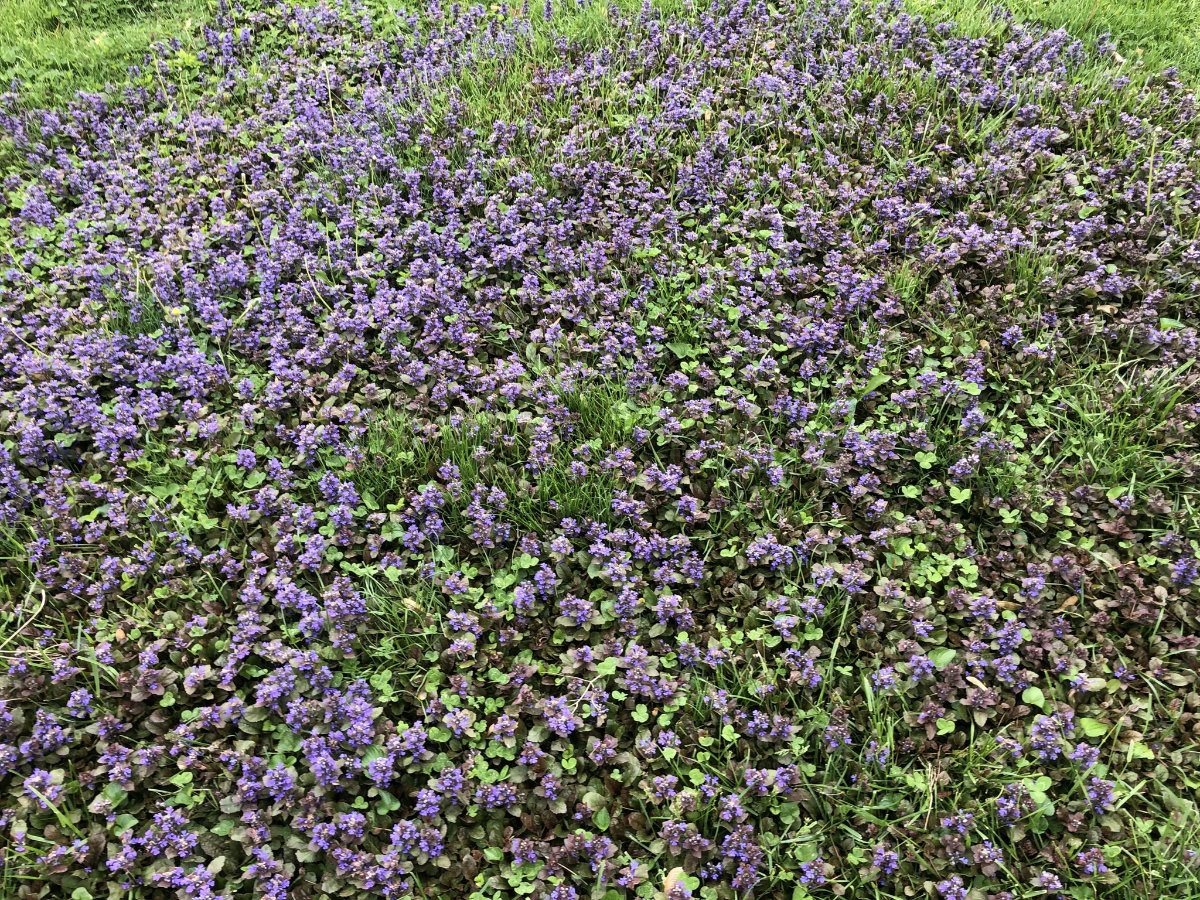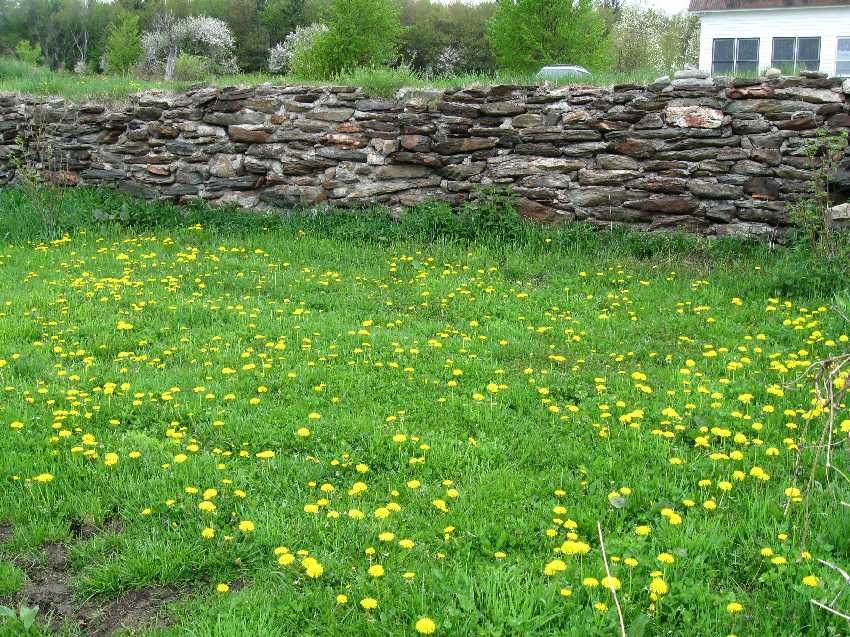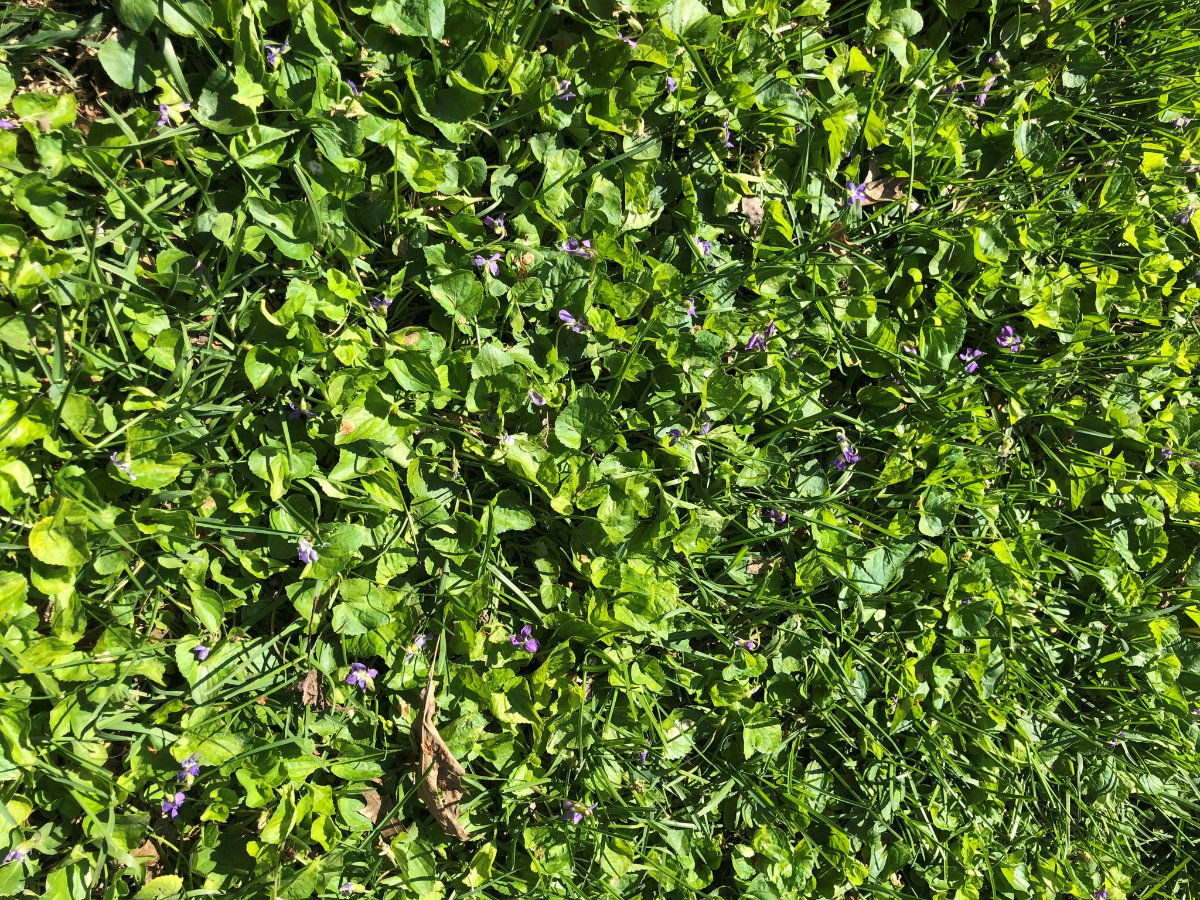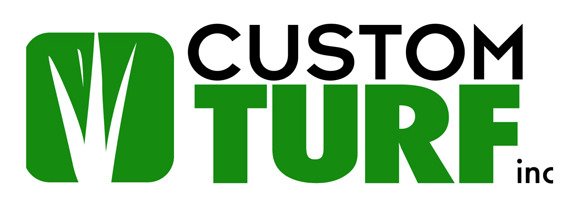How should I remove spring broadleaf weeds?
Apply a post-emergent broadleaf weed control (aka contact killer) to control commons weeds (i.e. dandelions, chickweed, clover, henbit, plantain), which will benefit your turf by reducing weed competition.
We also recommend adding a balanced fertilizer containing nitrogen and potassium, which will aid in maintaining your lawn’s healthy root system and appearance.

Within no time he had us a beautiful yard and has been taking care of it ever since. Thank you Matt & Lori for your quick response time to all of our questions. We couldn't be happier.
Patty
It Takes a Well-Timed and Careful Program to Keep Control.
This post-emergent broadleaf weed control and fertilizer controls weeds that are actively growing. Not long ago, practical weed control was limited to knocking out existing dandelions, ground ivy, chickweed, and other broadleaf weeds by means of post-emergent weed controls. Not anymore. Improved products and application methods have made it possible to control a much wider range of weedy plants both economically and in a timely fashion.
After this treatment, please hold off on mowing for at least 24 hours. Also, please do not bag your lawn clippings for two mowings after a lawn application. If it rains shortly after this application, please allow 2 weeks for weeds to die. If they don’t, call us & we’ll come back and re-treat at no charge. Note: rain is beneficial for the fertilizer to reach the grass roots, although.
Broadleaf weeds are extremely persistent pests, and no matter how vigilant we are in our efforts to eradicate them, they’ll always be back. Dandelions, plantain, clover, henbit, ground ivy & chickweed are all common broadleaf weeds that love to ruin the good looks of your lawn.

WHAT MAKES THEM SO HARD TO CONTROL?
Many of the most troublesome broadleaf weeds are perennials. Therefore, pre-emergent herbicides (like those used to prevent crabgrass from sprouting) aren’t effective against these established weeds.
Instead, post-emergent herbicides must be used to kill broadleaf weeds that are actively growing and visible in your lawn. IF all of these weeds popped up at the same time and only grew once during the growing season, then only one post-emergent treatment would be needed for your broadleaf weed problems for the entire year; however, this isn’t the case.
It all comes down to the fact that there will always be broadleaf weed seeds moving and being carried into your lawn. Unfortunately, these seeds don’t all sprout at the same time. They germinate continuously during good growing weather, making repeated applications of herbicides a necessity. Plus, it can take up to three full weeks after an application before mature, treated weeds die and fade from sight, so please be patient.
Points to Remember about good weed control.
- As always, a healthy lawn is the best defense against all types of weeds.
- If your lawn is thick and vigorously growing, it will have an easier time crowding out weed invaders.
- With regular fertilization, proper irrigation (1”-1.5” per week), and good mowing habits (removing no more than 1/3 of the grass blade at a time; mowing heigth of 3.5” +), then fewer weeds will likely rear their ugly heads in your lawn.
- Reminder: if your lawn received the Crabgrass Pre-Emergent Application, then grass seed will NOT germinate. Thus, plant grass seed in the Fall.
- If you begin to see nutsedge in your lawn, then contact us to schedule a special nutsedge treatment. Call us.

